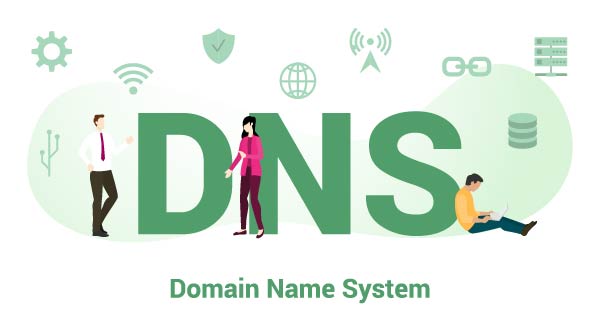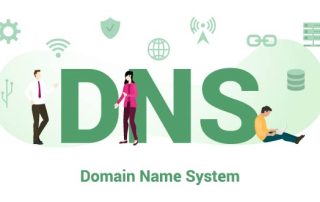
What is a domain Name?
Domain names are like addresses, giving internet based services and resources to users. By purchasing a domain name, you own the rights to that name and can use it to market your business or website. In this article, we take a closer look at domains and why it is so important for business owners.
A domain name is a unique name that identifies a particular website or service on the internet. When you purchase a domain name, you are essentially renting the right to use this name for one set period of time. This is similar to renting a home where you can only stay there as long as you pay your rent on time. After your rental period is over, you must renew your domain name to continue using it.
– When an individual or business registers a Domain Name, they are assigned a “URL” (Uniform Resource Locator) made up of letters, numbers, and sometimes symbols. URL’s are simply the address associated with a website on the internet. Each URL is unique and can be used to access a website (e.g. www.website.com). The URLs are important because they are the portal to the internet. Without them, information would be difficult to locate on the Internet.
– A domain owner pays a fee to register their domain name with an organization such as ICANN, which is the governing body of the internet. This organization ensures that all registered domains remain active and usable on the internet. It also protects individuals from registering similar domain names that could potentially cause confusion. – If the owner of a domain name stops renewing their domain, it will expire and become unavailable for use. At this point, the domain expires into what is called an ‘Active Deletion’ phase; this means that the owner of the domain loses control of the domain and it may become inactive. If the domain is not renewed during the Active Deletion phase, it will become an ‘Redemption Period’, which gives the owner one last chance to regain control of the domain before it goes back to the root registry and becomes permanently deleted. – Some domains may have other statuses due to transfers between registrants and other entities within the internet ecosystem. For example, a domain may transfer from a registrant to another entity within a registrar’s portfolio or from one registrar to another due to a change of ownership. A domain that is transferred will revert back to a Redemption Period status as soon as it goes into active deletion at the original registrar it was registered with prior to the transfer. Domains can also change their redemption period after they have been put into an active deletion phase. Under certain circumstances, a domain may be put into a Pending Delete Phase where the registry holds the domain for a certain period of time before issuing it a new redemption period. This allows an administrator of a domain to reclaim the domain if it is still being used after the registration lapses without being renewed by the original registrant. The Pending Delete Phase is only available to domains that fall into two specific categories. First, if the domain was already registered but not used in the Redemption Period before it was put into active deletion. Second, if the domain has been transferred before its original owner stopped renewing the domain registration and the registry has not received a notice to reclaim the domain during this new Redemption Period from the registrant of the original domain. Once either of these conditions have been met, the domain is put into the Pending Delete Phase of deletion and will remain in this status until either it is claimed by its previous owner or becomes eligible for deletion by the registry after a period of inactivity. If a domain is in the Pending Delete Phase when it is placed into the active deletion process, it will not have a separate Redemption Period and will be immediately deleted upon expiry of the pending delete period.
What is DNS?
Domain Name System (DNS) is a system used by computers on the World Wide Web to convert human-friendly computer names into IP addresses in order to facilitate easy communication between computers on internetwork networks. The abbreviation “DNS” is short for Domain Name System. Every domain name on the internet is actually linked to an IP address through something called a domain name server (DNS). A domain name system translates domain names into the numerical IP addresses that are used by the computers on the Internet in order to communicate with each other. When a computer or device needs to find a piece of information online, it requests the information’s location from a DNS server. If the information is located in the same country as the computer the request is coming from, the requester receives a local IP address.
Domain names are essential in the internet world. They link web pages to their corresponding numeric IP addresses. In order to find the website you are looking for, you need to know how to connect to the site using an Internet Protocol address or the more specific name for each domain.
For more infomation of securing your brand name, check out our guide on domain brokers.




